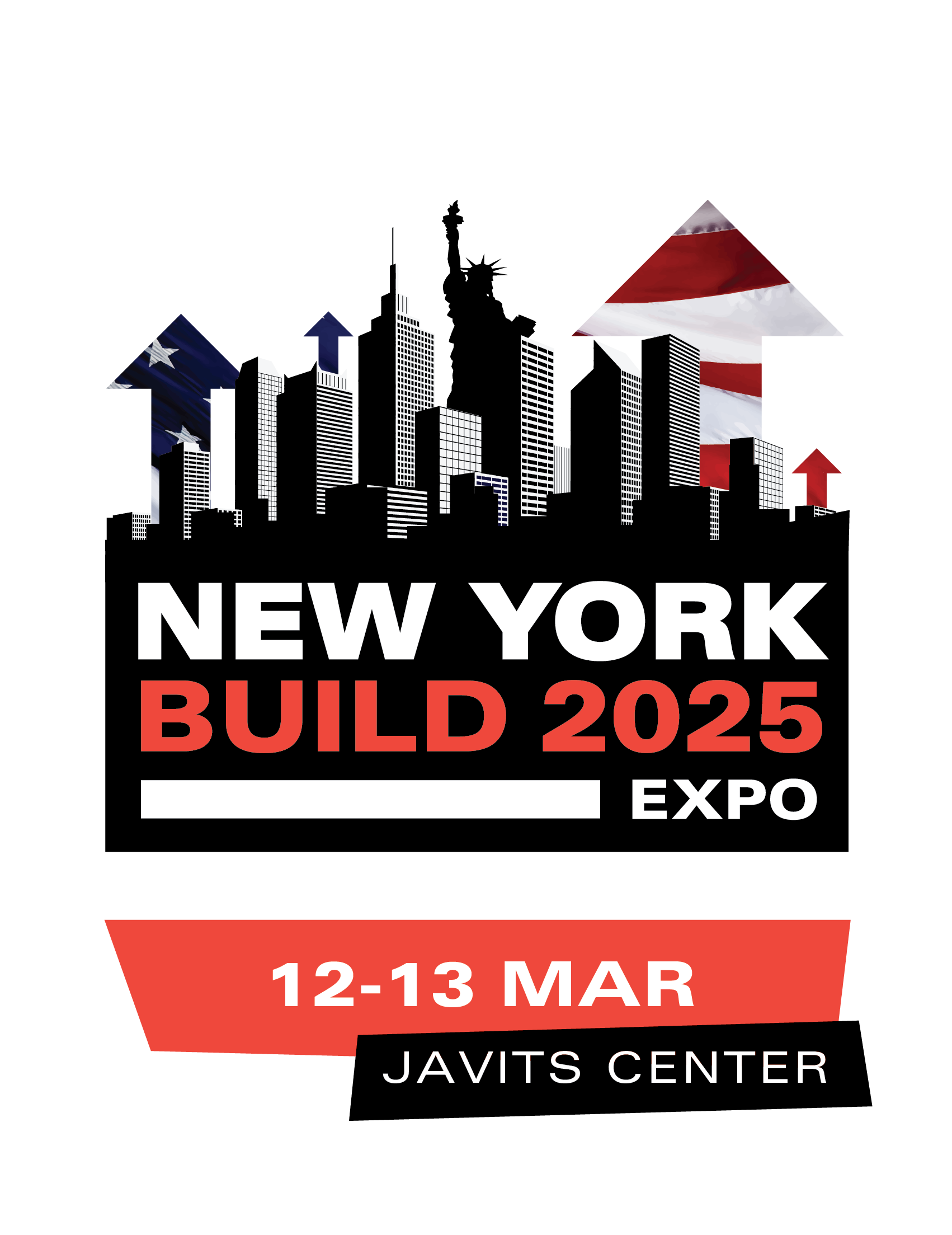Advancing Green Infrastructure through Policy
)
In urban areas, the absence of greenery and the prevalence of heat-absorbing materials such as asphalt and concrete creates heat islands, areas where temperatures can reach up to 7 degrees Fahrenheit higher than surrounding nonurban areas. Higher temperatures, in turn, lead to higher levels of energy required for air-conditioning and higher GHG emissions overall.
The Sustainable SITES Initiative (SITES) can be used to guide landscape design to prioritize nature-based solutions to the human-made issues many urban areas face. SITES projects restore and protect ecosystem services so that the built environment can reap the benefits of greater efficiency and climate regulation.
In the case of heat-absorbing materials, vegetation can be used to replace or shade the heat-absorbing surfaces that are common in cities, serving as a natural method of regulating local climate. As an example of how greenery can have a direct impact on energy use for buildings, tree coverage of 20% of a house can create cooling savings of 8–18% and heating savings of 2–8%, which, in turn, reduces GHG emissions associated with air-conditioning use. Additionally, trees and shrubs naturally sequester carbon from the atmosphere and can help to reduce overall footprint.
Read More at U.S. Green Building Council
Officially supported by the Mayor of New York, New York Build is the largest construction, design and real estate show for New York. Now in it's seventh year, your ticket gives you access to 350+ expert speakers, 300+ exhibitors, 30,000+ attendees, 12 conference tracks and AIA CES approved workshops, networking parties, entertainment, live music, and endless networking opportunities with leading architects, developers, housebuilders, contractors, government and more.


)